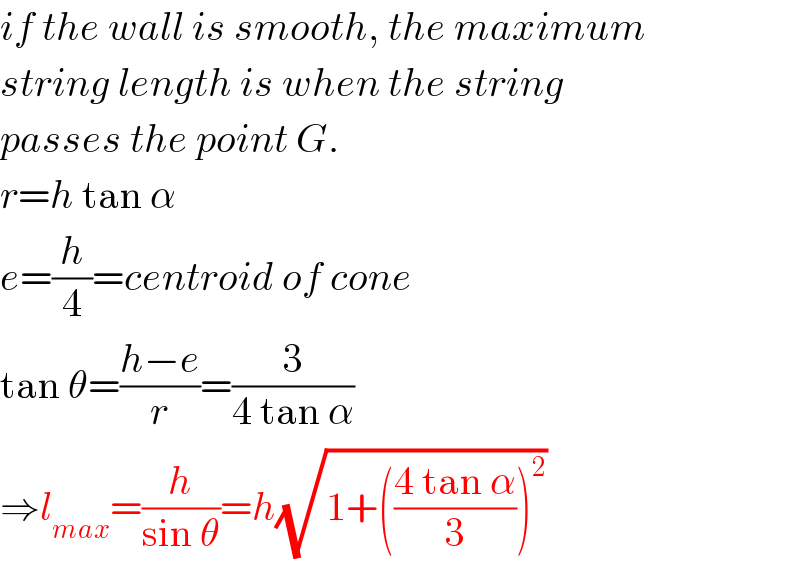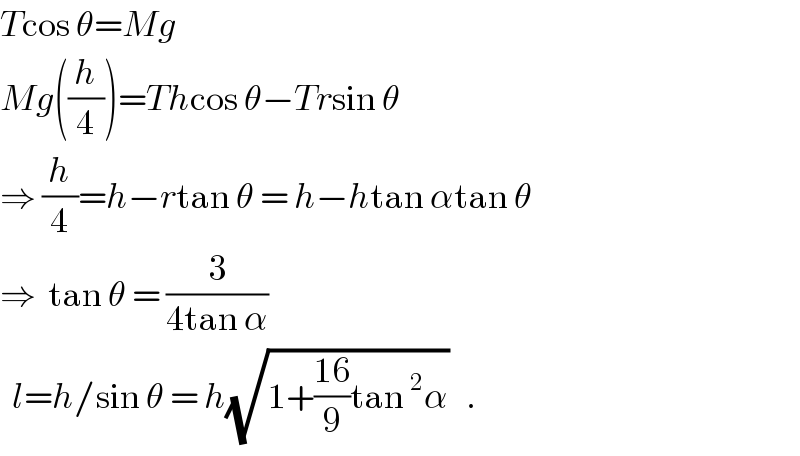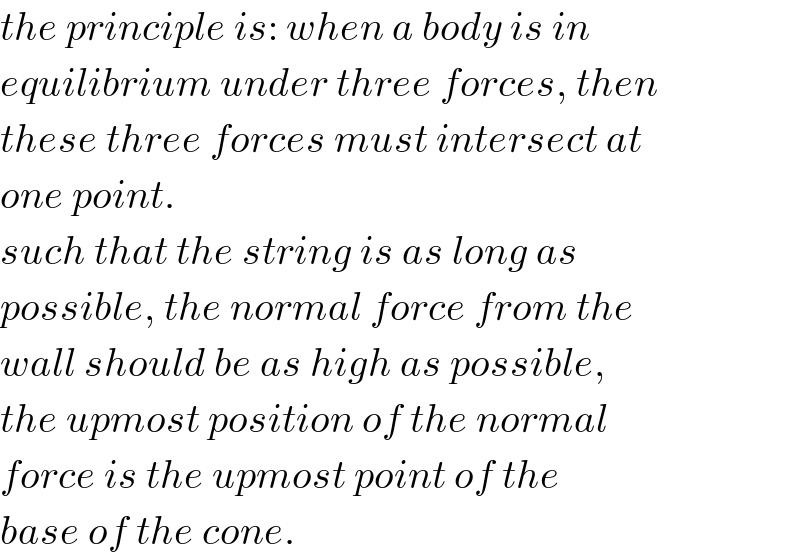
Question and Answers Forum
Question Number 53824 by ajfour last updated on 26/Jan/19

Commented by ajfour last updated on 26/Jan/19

Answered by mr W last updated on 26/Jan/19

Commented by mr W last updated on 26/Jan/19

Commented by ajfour last updated on 26/Jan/19

Commented by ajfour last updated on 26/Jan/19

Commented by mr W last updated on 26/Jan/19

Answered by mr W last updated on 26/Jan/19

Commented by mr W last updated on 26/Jan/19

Commented by ajfour last updated on 26/Jan/19

Commented by mr W last updated on 26/Jan/19

Commented by ajfour last updated on 26/Jan/19

Commented by Otchere Abdullai last updated on 26/Jan/19

Commented by ajfour last updated on 27/Jan/19

